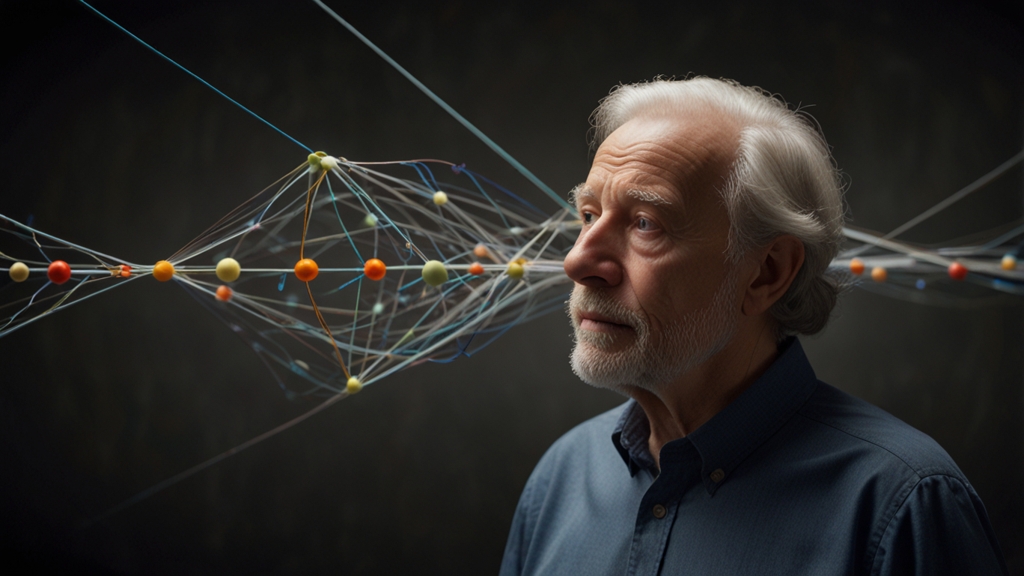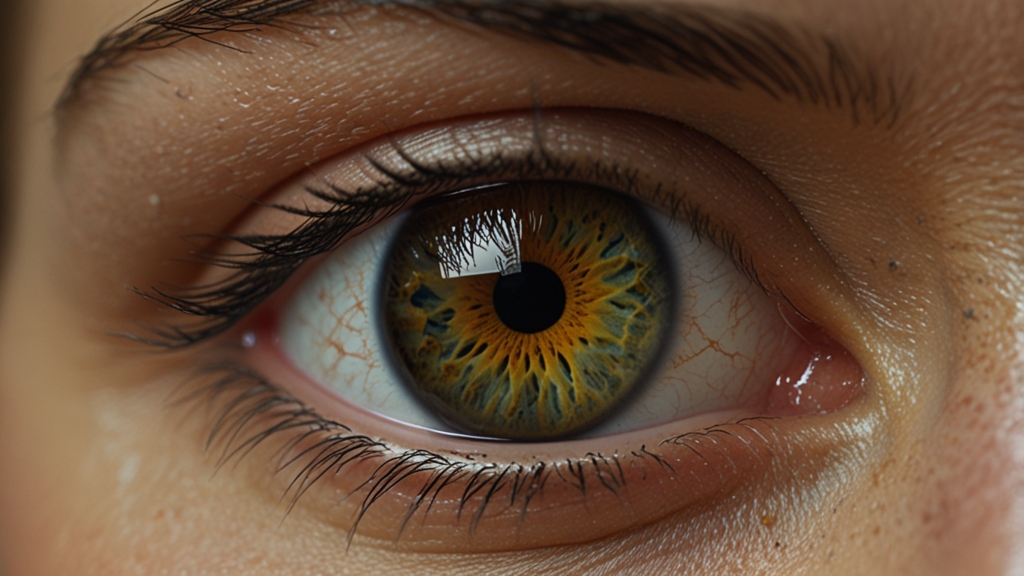The Astounding Physics of Light: How We See the World
Light is more than just something that brightens up our world; it's one of the most fascinating phenomena in physics. Light, a form of electromagnetic radiation, is fundamental to our experience of the universe. Through an intricate mix of physics, biology, and technology, we perceive the world around us. This article delves into the astounding physics of light and how it enables us to see.
Wave-Particle Duality
One of light's most intriguing properties is its dual nature: it behaves both as a wave and as a particle. This concept, known as wave-particle duality, was a significant development in quantum mechanics. Albert Einstein's work on the photoelectric effect showed that light could be thought of as discrete packets of energy, called photons.
“All the fifty years of conscious brooding have brought me no closer to answer the question, ‘What are light quanta?’ Nowadays every Tom, Dick, and Harry thinks he knows it, but he is mistaken.” - Albert Einstein
The wave nature is responsible for phenomena such as interference and diffraction, while its particle nature is evident in the interaction of light with matter at the atomic level. Combined, these characteristics allow light to have a remarkable range of effects and behaviors.
Electromagnetic Spectrum
Light is part of the electromagnetic spectrum, which includes other types of waves like radio waves, microwaves, infrared, ultraviolet, X-rays, and gamma rays. The part of the spectrum visible to human eyes is a narrow band ranging from approximately 380 to 750 nanometers in wavelength. This visible spectrum is what we typically refer to as light.
Each color within this spectrum corresponds to a different wavelength. Red light has the longest wavelength, while violet has the shortest. Our eyes are equipped with photoreceptor cells called cones, which are sensitive to these wavelengths and enable us to perceive colors.
Interaction with Matter
As light travels, it interacts with matter in various ways. It can be absorbed, reflected, refracted, or scattered. These interactions are crucial for everyday phenomena such as vision, the blue sky, and the colors of objects.
When light enters the eye, it first passes through the cornea and then the lens, which focuses it onto the retina. The retina is made up of photoreceptor cells—rods and cones—that convert light into electrical signals. These signals are then transmitted to the brain through the optic nerve, where they are processed into the images we see.
“The eye is a wonderful organ. It allows us to see the stars and, just down the corridor of our senses, explore the infinite realm of light.” - H.P. Lovecraft
Revolutionizing Technology
The study of light has led to groundbreaking technological advancements. Lasers, fiber optics, and solar panels all stem from our understanding of light's properties. Fiber optic technology, for example, is the backbone of our modern communication system, enabling high-speed internet and data transfer over long distances with minimal loss.
Photolithography, another application of light, is critical for the manufacturing of semiconductor devices. Furthermore, advances in medical imaging techniques such as MRI and optical coherence tomography have revolutionized healthcare, allowing for non-invasive and precise diagnostics.
Conclusion
The physics of light is not just a dry academic subject; it's a gateway to understanding the universe and enhancing human life. From its dual wave-particle nature to its interaction with matter and its pivotal role in technological advances, the study of light continues to astound and inspire. Through the intricate dance of photons, we perceive the beauty and complexity of the world around us.











